This blog is part of a four-part series designed to summarise the breakout group discussions from the Industry Engagement Co-Location Day for ESA’sGlobal Development Assistance (GDA) programme. The series explores key themes identified in the ESA GDA mid-term evaluation, published in September 2024, providing insights into the current status and future direction of the programme. Each blog focuses on one of four discussion topics identified by the ESA GDA Monitoring & Evaluation (M&E)consortium lead, Caribou Space, as areas for further exploration.
During the Co-Location Day, participants engaged in a two-hour breakout session designed to bring stakeholders together to share experiences, exchange ideas, and address challenges in GDA implementation. This blog focuses on insights from one of the four breakout discussions: Working More Closely with International Financial Institutions (IFIs) Leads and Client Countries.
Session Objectives: Improving User Engagement and Readiness
The session explored how ESA GDA can improve the user journey for International Financial Institution (IFI) leads and Client Country stakeholders, particularly those less familiar with Earth Observation (EO) solutions. We aimed to uncover what works well, identify pain points, and generate actionable insights for improving user engagement.
The session was designed with the following objectives:
- Understanding what the ESA GDA programmatic approach does well in terms of user engagement and identifying areas for improvement.
- Exploring how potential users—especially those new to EO—can best prepare for engagement with the ESA GDA programme.
- Identifying what additional information or resources could help users better integrate EO solutions into their workflows.
To achieve these objectives, we introduced participants to TRIZ, a method that encourages reflection on ineffective practices to eliminate barriers to success. By focusing on the “worst possible user journey,” participants were able to identify and prioritise practical solutions for improvement.

Challenges and Opportunities in the User Journey
To better understand how we engage with users, we explored three key steps in the user journey during the session: Introducing EO capabilities to IFIs, gathering user needs, and delivering products while collecting feedback.
Using the TRIZ approach, we first identified common mistakes—those “worst practices” that hinder user engagement — and it was insightful to see how many participants admitted to having implemented, or even still implementing, some of these practices. In the second part of the session, we flipped the exercise around, working together to identify best practices and practical solutions to improve user engagement.
Let’s take a closer look at the challenges identified, and the solutions proposed for each phase of the user journey.
Introducing EO capabilities to IFIs
A key challenge is to ensure that the introduction of EO products resonates with a non-technical audience. IFI leads are often unfamiliar with EO concepts and can be overwhelmed by technical jargon or rushed presentations. For example, assuming that IFIs already understand complex terms or quickly scrolling through slides without context can lead to confusion and disengagement. Another problem is making promises about product capabilities that are later found to be unachievable, which damages trust.
To overcome these challenges, participants recommended using clear, accessible language that balances technical detail with relatable examples. Presentations should focus on the benefits of EO over traditional methods, such as improved decision making or cost efficiency, while pacing the explanations to allow for questions and discussion. Thoughtful communication builds trust and ensures a stronger initial connection.
Gathering user needs
This stage often suffers from a mismatch between user expectations and the focus of discussions. In these cases, consortia may struggle to manage expectations, creating pressure to deliver complete results without considering the practical effort and feasibility involved. Moreover, an overemphasis on technical specifications, rather than practical applications, can alienate users who may not have the expertise to navigate system requirements. For example, a top-down approach – where providers assume they know what users need – can result in solutions that fail to address real-world challenges.
Participants highlighted the importance of managing expectations upfront and being transparent about limitations, which is critical to building trust and achieving practical outcomes. It is also important to create a collaborative environment where user needs are prioritised. This involves active listening, co-creating requirements and tailoring discussions to reflect user realities. For example, introducing the team members responsible for different aspects of the project – technical, managerial or operational – helps users feel supported and ensures they know where to direct queries.
Delivering products and collecting feedback
The delivery phase can sometime reveal a disconnect between IFI and CS users and the consortium. Common challenges include incomplete solutions, mismatched formats and limited follow-up communication. Feedback is sometimes not sought or is too vague to inform improvements, leaving users unsupported and opportunities for refinement missed. A recurring problem is ensuring that the product integrates smoothly with users’ existing systems. For example, providing raw data without clear guidance can overwhelm users who lack the necessary software, skills or resources. Without understanding how the product addresses their specific challenges, users may disengage or see the solution as impractical.
To overcome these challenges, proactive communication and tailored support are essential. Face-to-face meetings, where possible, help users understand the value of the product and build trust. Hands-on demonstrations, capacity-building initiatives and clear instructions would ensure that users can use the solution effectively. Structured feedback mechanisms focused on usability and relevance are equally important. Follow-up discussions to address user feedback not only improve the product but also build trust and cooperation.
Conclusion
The session offered key insights into improving engagement with IFI leads and Client Country stakeholders by addressing challenges in the user journey and fostering collaboration. Moving forward, these insights will inform ongoing work under the ESA GDA Monitoring and Impact Assessment activity, including a deeper dive into best practices for user engagement. The ESA GDA M&E team will be producing a guidance note on user engagement and suggesting new processes that could be applied to future programming.
If you haven’t already, we encourage you to read the earlier posts in the series to gain a fuller picture of the discussions and their interconnected themes. Find the links below.
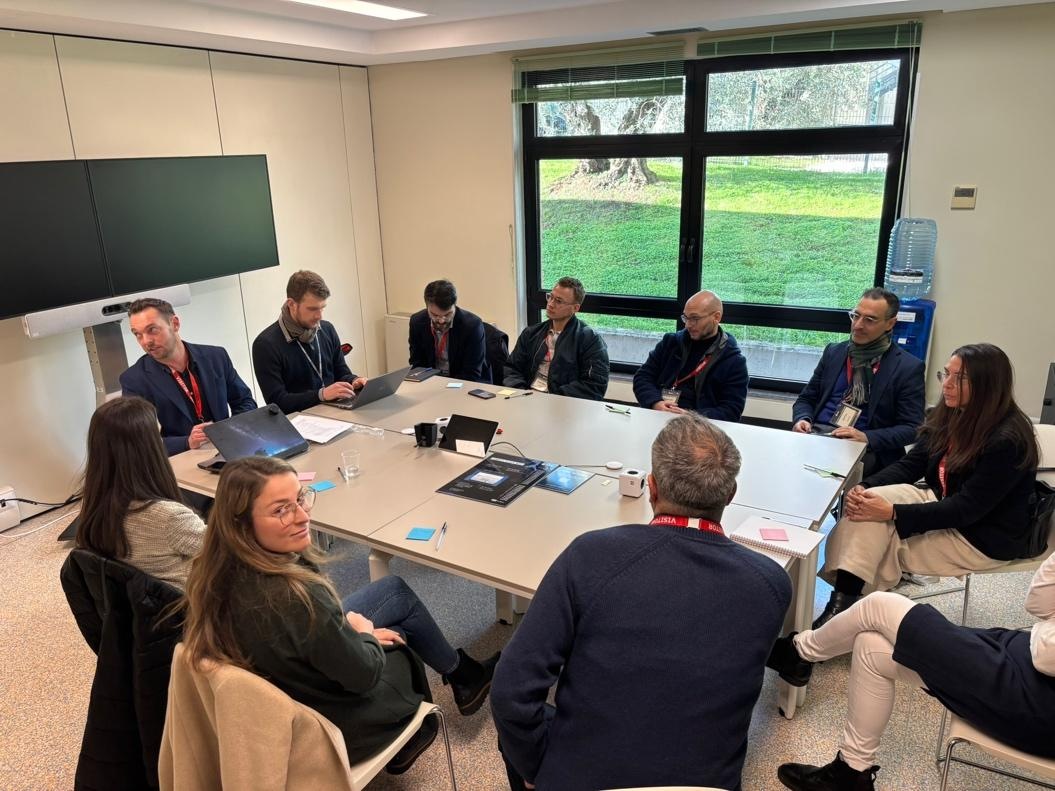
Insights from ESA GDA Industry Day – Blog #2

Insights from ESA GDA Industry Day – Blog #3




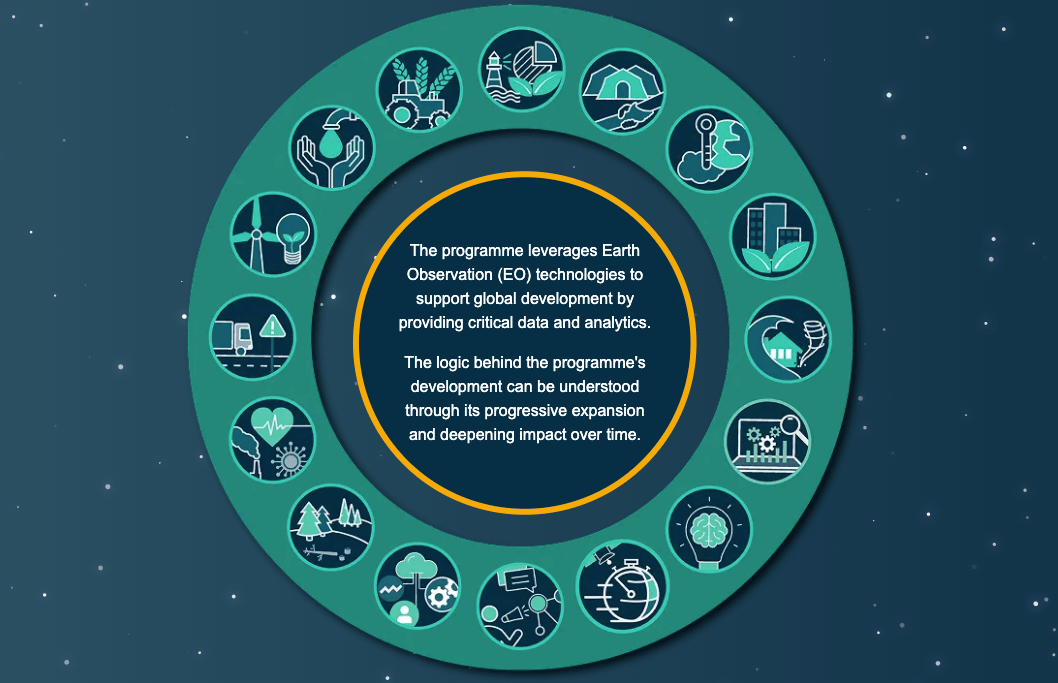





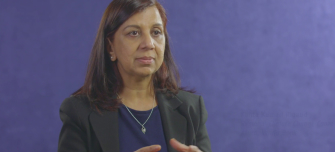
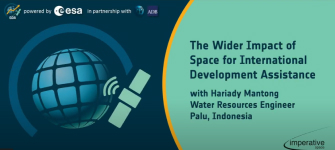





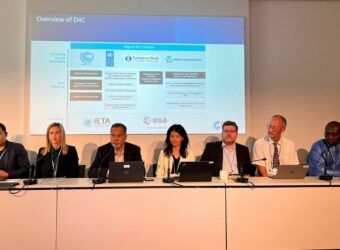
![[VIDEO] Earth Observation for Environmental, Social, and Governance Schemes](https://gda.esa.int/wp-content/uploads/2021/05/image001-340x250.png)

